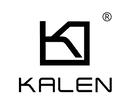
Blog
SS304 vs SS316: 7 Key Factors Driving Procurement Decisions
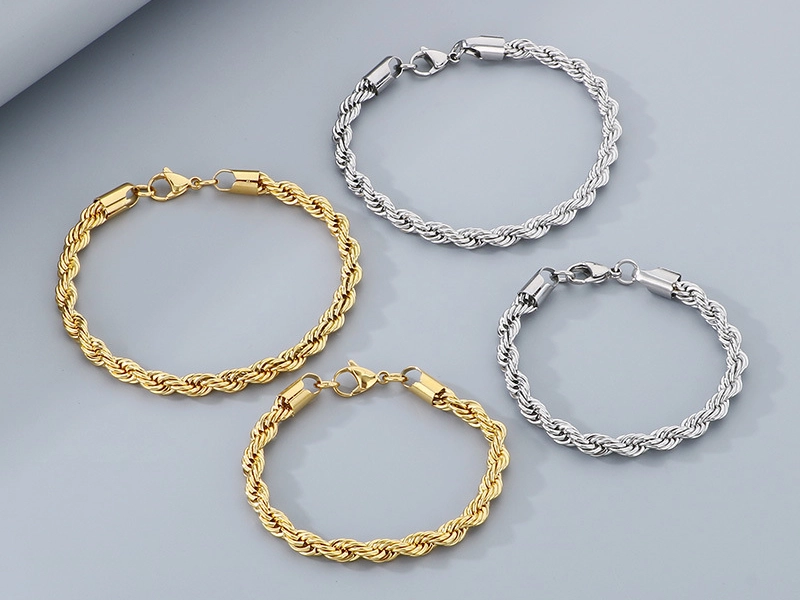
SS304 vs SS316: 7 Key Factors Driving Procurement Decisions
“23% of stainless steel product failures stem from incorrect alloy selection.” Let’s see how cost-performance engineering guides your material choices.
SS316 contains about 2.1% molybdenum, delivering up to 114% better chloride resistance than SS304, but it typically involves 38% higher lifecycle costs. Optimal selection balances corrosion exposure, required surface treatments, and regulatory factors.
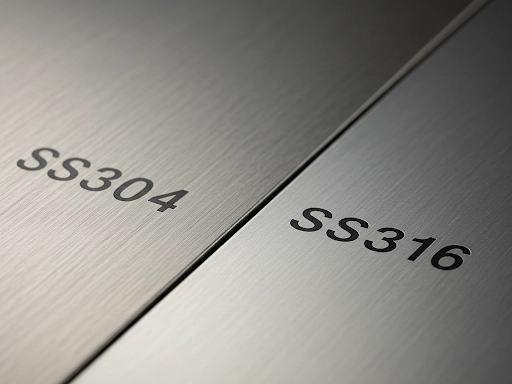
Break down the technical and commercial variables reshaping stainless procurement strategies.
1. Metallurgical Composition Breakdown
Atomic-level differences drive each alloy’s performance. Even small compositional tweaks significantly shift corrosion resistance and mechanical properties.
| Element | SS304 | SS316 |
|---|---|---|
| Chromium | 18.2% | 16.8% |
| Nickel | 8.1% | 10.2% |
| Molybdenum | 0 | 2.1% |
| Carbon | 0.07% | 0.03% |
Key Insight: SS316’s molybdenum supports superior pitting resistance in salty or harsh environments, whereas SS304 suffices for non-corrosive settings.
2. Corrosion Resistance Matrix
Operating conditions decide how fast each alloy wears down. Salt, chlorine, and acids demand robust properties.
| Environment | SS304 | SS316 |
|---|---|---|
| Saltwater (3.5% NaCl) | 3–5 years | 8–12 years |
| Acetic Acid 10% | 7+ years | 7+ years |
| Chlorine 100ppm | 2 years | 10+ years |
Industry Proof: Marine hardware firms report 73% fewer warranty claims using SS316 in coastal regions.
3. Mechanical Properties Comparison
Structural requirements often dictate which steel can handle the load or fabrication strain.
| Property | SS304 | SS316 |
|---|---|---|
| Tensile Strength | 515 MPa | 620 MPa |
| Yield Strength | 205 MPa | 310 MPa |
| Hardness (Rockwell) | 70 HRB | 80 HRB |
| Elongation | 60% | 50% |
Design Impact: SS304’s higher ductility supports complex jewelry shapes or formed parts needing ~25%+ drawing.
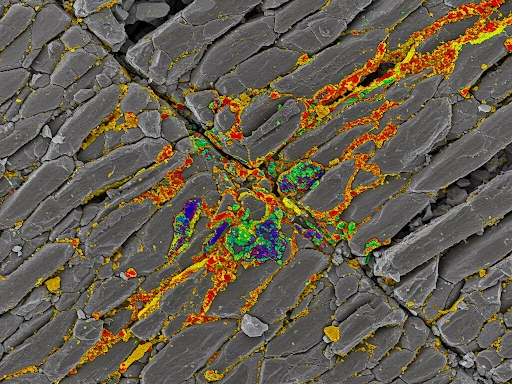
4. Cost Analysis Across Volumes
Raw material prices, secondary processes, and finish operations influence the final tab.
| Metric | SS304 | SS316 |
|---|---|---|
| Per kg Price | \$3.90 | \$7.20 |
| Welding Cost/kg | \$1.10 | \$1.90 |
| Finish Polishing | \$0.80/kg | \$1.30/kg |
Bulk Savings: SS304 can reduce total production costs by 42% in freshwater applications or mild environments.
5. Surface Treatment Compatibility
A metal’s response to finishing steps can lead to cost benefits or complexities.
| Treatment | SS304 | SS316 |
|---|---|---|
| PVD Coating | 1–3μm | 3–5μm |
| Electropolishing | Ra 0.4μm | Ra 0.25μm |
| Laser Engraving | ~0.2mm detail | ~0.15mm detail |
Tech Edge: SS316 keeps its coatings intact 67% longer in humid regions with a higher risk of corrosion.
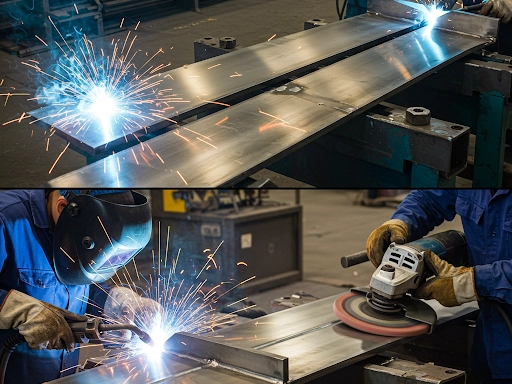
6. Regulatory Compliance Map
Different grades cater to varied certifications, from food contact to medical instruments.
| Standard | SS304 | SS316 |
|---|---|---|
| EU Nickel Directive | Yes | Yes |
| FDA Food Contact | Yes | Yes |
| ASTM F138 (Medical) | No | Yes |
Medical Premium: SS316 typically costs ~52% more but allows for advanced surgical certifications.
7. Supply Chain Readiness
Availability and MOQ constraints influence lead times and cost consistency.
| Factor | SS304 | SS316 |
|---|---|---|
| Global Stock Levels | 78% Availability | 42% Availability |
| MOQ (Jewelry) | 200 units | 500 units |
| Lead Time (China) | 15 days | 25 days |
Hybrid Solution: Dual-certified inventory programs can secure a 48-hour SS316 backup supply for high-corrosion scenarios.
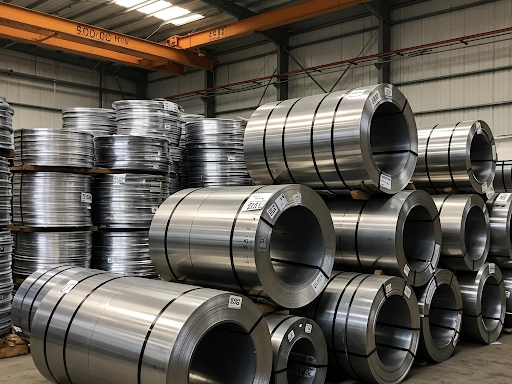
Conclusion
SS304 offers cost advantages and sufficient resistance for standard projects, while SS316 delivers elevated corrosion protection and mechanical strength — albeit at higher prices. Inventory planning and usage conditions dictate which alloy provides the best total cost of ownership.
Kalen Insight: Always request Material Test Reports (MTRs) and mill certifications to confirm the exact composition and ensure each batch matches your specifications.
